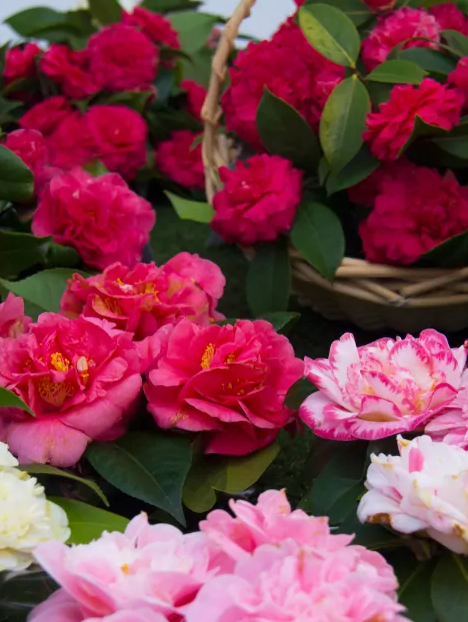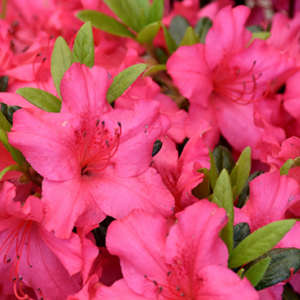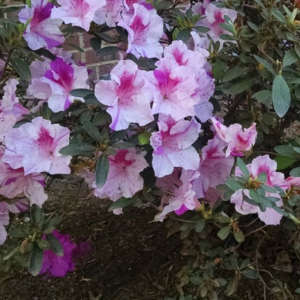Description
Camellias are an old-time favorite flowering shrub in southern gardens. They produce an abundance of single to full double-blooms in a vast array of colors. There are probably thousands of varieties. When not in flower, their upright habit helps to create a shiny evergreen background for a variety of conditions. Camellias grow well under the filtered shade of old street trees, they also can be used as an informal hedge, partition, or privacy screen, or limbed up into attractive tree form specimens.
FERTILIZING
Feed with an acid-forming azalea or camellia fertilizer in spring, after the flowers have dropped; fertilize again in the midsummer if growth seems sluggish or foliage looks sparse and begins to lose its deep green color. Apply at the rate recommended on the label. Don’t overdo it, as plants grown in fertile soil need little fertilizer―and never feed plants that are sick or distressed.
PRUNING
Prune after blooming has ended. Remove dead or weak wood; thin outgrowth when it is so dense that flowers have no room to open properly. Shorten lower branches to encourage upright growth; cut back top growth to make lanky shrubs bushier. When pruning, cut just above a scar that marks the end of the previous year’s growth (often a slightly thickened, somewhat rough area where bark texture and color change slightly). Making your cuts just above this point usually forces three or four dominant buds into growth.






Reviews
There are no reviews yet.